 By Manny Mogato Manny Mogato – Thu Oct 23, 8:25 pm ET
By Manny Mogato Manny Mogato – Thu Oct 23, 8:25 pm ETMANILA (Reuters) – When Philippine police confiscated 22 bags of broken pottery from antiquity smugglers near an area where Muslim rebels operated, little did they know that they may have uncovered the remnants of a long-lost tribe.
Now, experts at the National Museum in the capital Manila are studying the burial urns from a tribe that lived in the Philippines over 2,000 years ago, in what could be a major archaeological discovery.
"The pottery has human faces that show emotions," Eusebio Dizon, head of the archaeological unit at the National Museum, told Reuters.
Dizon said that pictures of people on the shards might mean the tribe that used the vessels had different origins from the known indigenous tribes in the Philippines.
"The Manobos, Tirurays and B'laans tribes that have survived over time do not bury their dead in painted anthropomorphic (human form) jars. So, we have no idea what kind of people are behind these unique burial jars," Dizon said.
A U.S.-trained archaeologist, Dizon spent several years in the 1990s excavating in a cave in Sarangani province on Mindanao after he was tipped off by treasure hunters about rare anthropomorphic, or human form, pottery in the area. Carbon dating tests showed the jars to be from about 5 BC.
He said the latest pottery find could be much older because of the cruder method used in the pottery as well as the human forms on the jars. But, further studies are needed to establish the real origins of the latest finds, he added.
"We have no idea where these artifacts come from because the people who were trying to smuggle them out from the area could not tell us where exactly they found those materials. But, I am sure the materials are not fake."
Rene Miguel Dominguez, governor of Sarangani province, said they were told the latest pottery was found near Palembang town, a coastal area in the adjacent Sultan Kudarat province where Muslim rebels are very active.
RARE AND UNIQUE
Archaeologists have uncovered late stone-age weapons, pottery and other artifacts in digs in the region.
"(But) Anthropomorphic pottery is seldom seen in this part of the world," Dizon said.
Angel Bautista, head of the National Museum's cultural property division, said the government wanted the new discovery to be declared a "national treasure," but further investigations were needed to establish provenance.
Dizon said it was important for archaeology experts to inspect the places where the pottery was found and examine the "primary data" that might reveal valuable information about what could be one of the earliest sites of human habitation in the country.
However, the museum lacked the resources to embark on a major exploration in an area where there has been sporadic fighting between troops and the country's largest Islamic rebel group.
Dominguez said some areas where the pottery was suspected to have been found were controlled by Muslim rebels that demand huge sums of money to allow further archaeological exploration work.
"These pottery pieces are part of our pre-historic history and the government must do everything to protect the site where these materials were found," he said.
Apart from rebels and lawless groups active in the areas, archaeologists may have to race against antiquity dealers and treasure hunters as the artifacts could fetch millions of pesos on the black market.
"We could learn more about our past from this pottery, but first we need to preserve and protect the areas from where these materials have been found," he added.
(Editing by Megan Goldin)
Source: http://news.yahoo.com/s/nm/20081024/sc_nm/us_philippines_archaeology_2




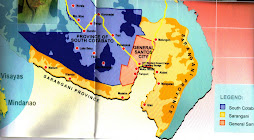

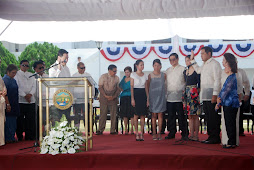
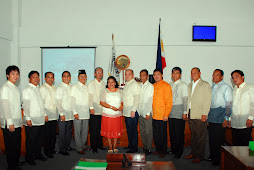



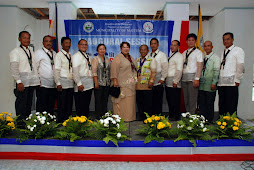







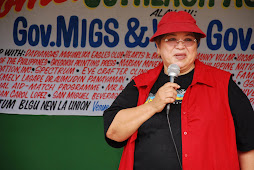

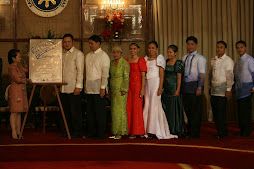












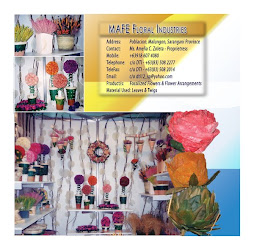

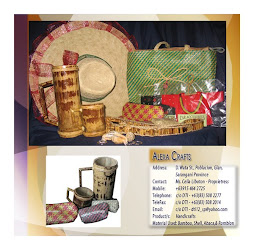
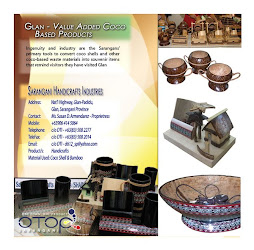

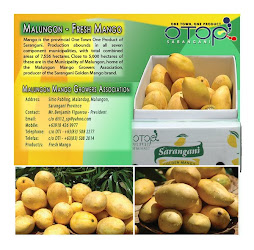

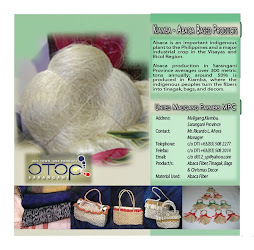






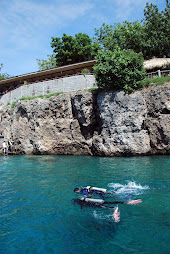




No comments:
Post a Comment